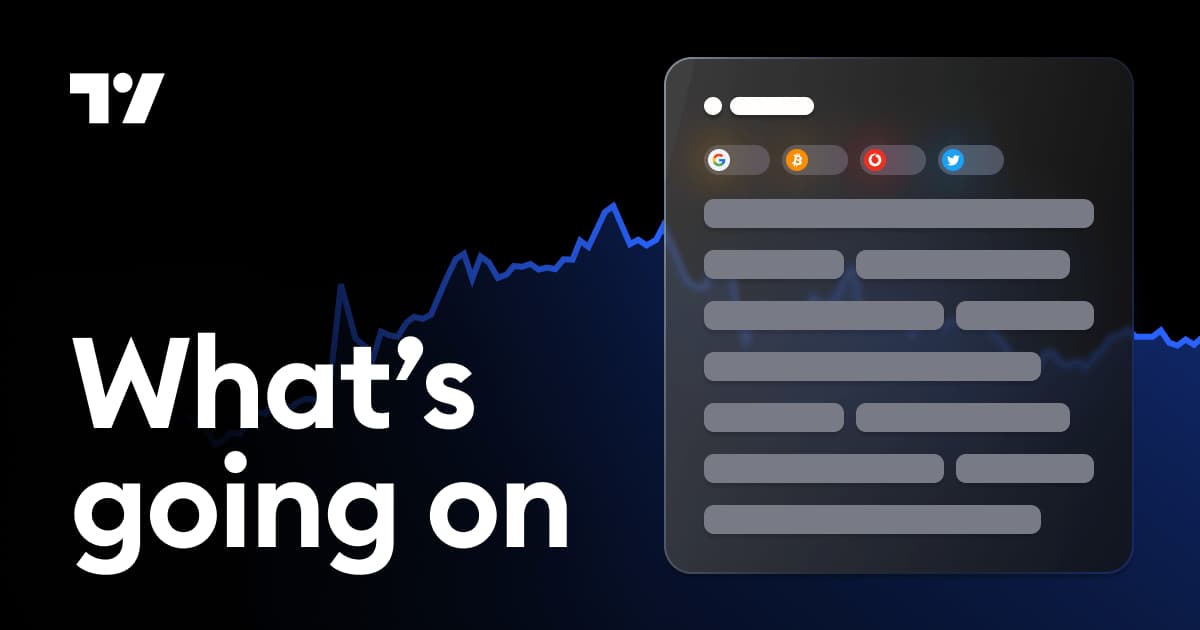US futures inch lower after rally; markets await clarity on Trump visa policy – TradingView

U.S. stock index futures inched lower on Monday after Wall Street’s main indexes rallied to record highs in the previous session, while uncertainty around President Donald Trump’s visa policies also dimmed sentiment.
Markets were pausing after a tech-driven rally on Friday pushed the three indexes to close at record highs for the second consecutive session, with the S&P 500 and the Nasdaq logging their third consecutive session of gains.
Meanwhile, investors awaited some clarity on the U.S. president’s new policy for visas for skilled workers after the Trump administration said on Friday it would ask companies to pay $100,000 per year for H-1B worker visas.
Many sectors, especially U.S. technology, are heavily reliant on skilled workers from India and China and the announcement prompted them to warn visa holders to stay in the U.S. or quickly return.
Most megacap companies such as Microsoft MSFT and Amazon.com AMZN were stable in premarket trading.
J.P.Morgan Chase JPM, which also advised employees holding H-1B visas to remain in the U.S., inched 1.5% lower.
“The H-1B visa has been a key channel for U.S.-based tech, finance, consulting, and services firms to access global skilled talent … the sharp increase in visa fees will raise costs for companies dependent on these workers, with at least some of the burden passed on to end clients,” said analysts at UBS Global Wealth Management.
At 05:33 a.m. ET, Dow E-minis (YMcv1) were down 151 points, or 0.32%, S&P 500 E-minis ES1! were down 19.5 points, or 0.29% and Nasdaq 100 E-minis NQ1! were down 82.5 points, or 0.33%.
The Federal Reserve’s expected quarter-point reduction to interest rates last week and indications of more at upcoming meetings added to Wall Street’s recent rally, that was partly fueled by a revived enthusiasm around AI-linked stock trading.
It also boosted optimism around small-cap companies in the U.S., with the Russell 2000 RUT hitting an intraday record high on Friday. Futures linked to the index (RTYc1) were down 0.1% in premarket trading.
Wall Street’s three main indexes are in positive territory so far in September – a month deemed historically bad for U.S. equities. The benchmark S&P 500 has shed 1.4% on average in the month since 2000, according to data compiled by LSEG.
A slew of economic data is scheduled for release this week, including that for personal consumption expenditure – the Fed’s preferred gauge of inflation – and gross domestic product.
Markets will also parse through comments from a host of policymakers on Monday, including Fed presidents John Williams, Alberto Musalem and newly appointed Governor Stephen Miran.



